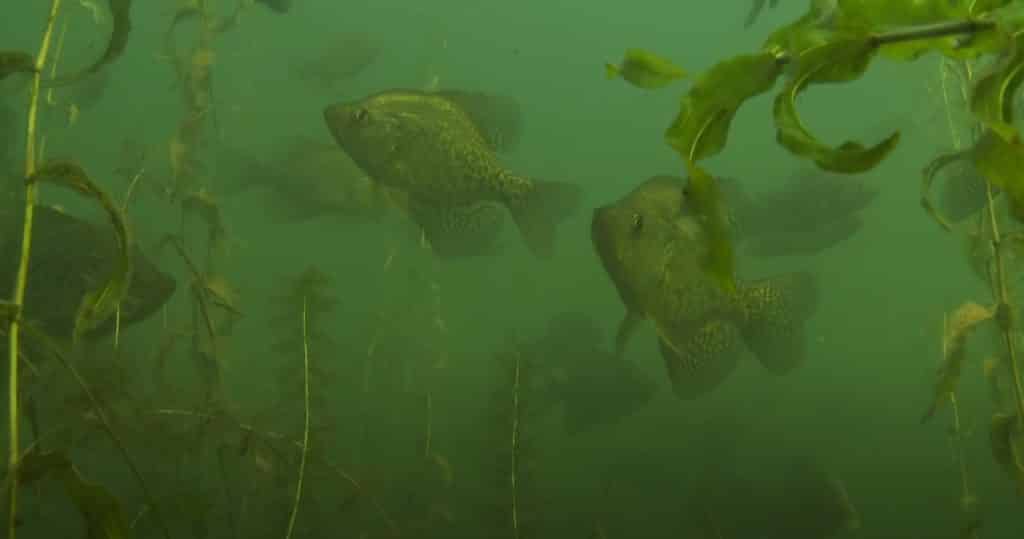
For those who fish for crappie, understanding the differences in their behavior before and after they spawn can be crucial to your success.
Pre Spawn and Post Spawn Crappie
Pre-Spawn Crappie
This describes the period just before the crappie spawn or reproduce. While the timing is not exact, it is based on the temperature of the water where the crappie live. The pre-spawn period comes in the late winter and early spring when the temperatures begin to climb from the cold months of January and February into the warmer months of March, April, and May.
During this time of warming, the crappie tends to move up the creeks until they settle in the coves. However, the coves should not be confused with the locations where they spawn which are still further up the creeks and streams. In lakes, the crappie will move towards the banks where they spawn, but they are not ready to reproduce just yet.
In terms of fishing, casting will work for clear waters. This is true for waters which are not that clear, but far from being dingy. If the waters are dingy, then you should switch to slow trolling or jigging which is more effective. You should avoid casting if the water is filled with debris, such as vegetation for example. Otherwise, your hook will simply catch on the debris.
Post-Spawn Crappie
Although pre-spawn and the spawning period is generally considered the best time to catch crappie, the post-spawn crappie is still available if harder to catch. In fact, using the right techniques, you can catch crappie just about any time of the year. There are good reasons why you should consider fishing for crappie even after they have spawned.
Feeding Frenzy: Once the female crappie has recovered from spawning, they tend to feed ravenously to regain their energy. This is a good time to catch them by using fishing techniques that make the bait tantalizing but close by so they are encouraged to chase it.
Long Spawning Season: The spawning season for crappie tends to be longer in the big lakes. This is when part of the waters warm up to make them suitable for spawning, but it takes time for the warmer temperatures to reach the other end of the lake or large flowing water. By moving towards the warming waters, you can still catch the crappie in their spawning period even after the season is supposedly over.
Cover: The post-spawn crappie, particularly the females, will scatter which makes them seem harder to catch. However, many will go into deeper water that offers protection, such as logs, piles of rocks, or vegetation.
You should look for areas under the water that drops in depth suddenly which indicates a transition point. From there, you should be able to find some crappie. Male crappie will also find cover, usually in the places where they feel most comfortable. Finding such places, such as a ledge that features logs, stumps, or other structures can boost your catch.
Understanding the differences in behavior from pre-spawn crappie and post-spawn crappie will help you find the right places where they are located for the best fishing.
Related: